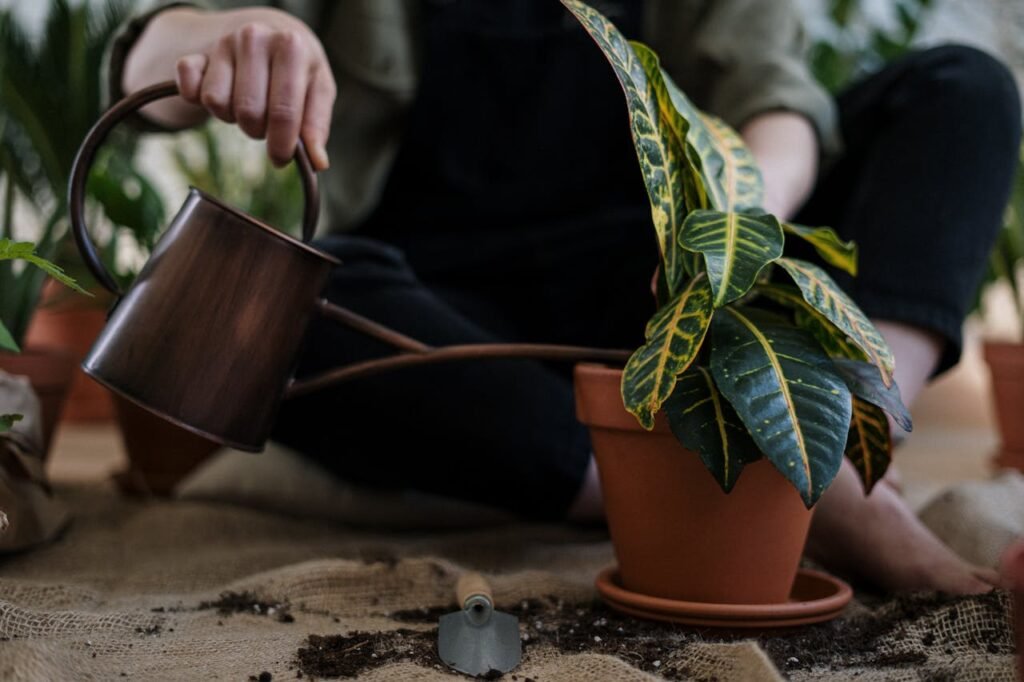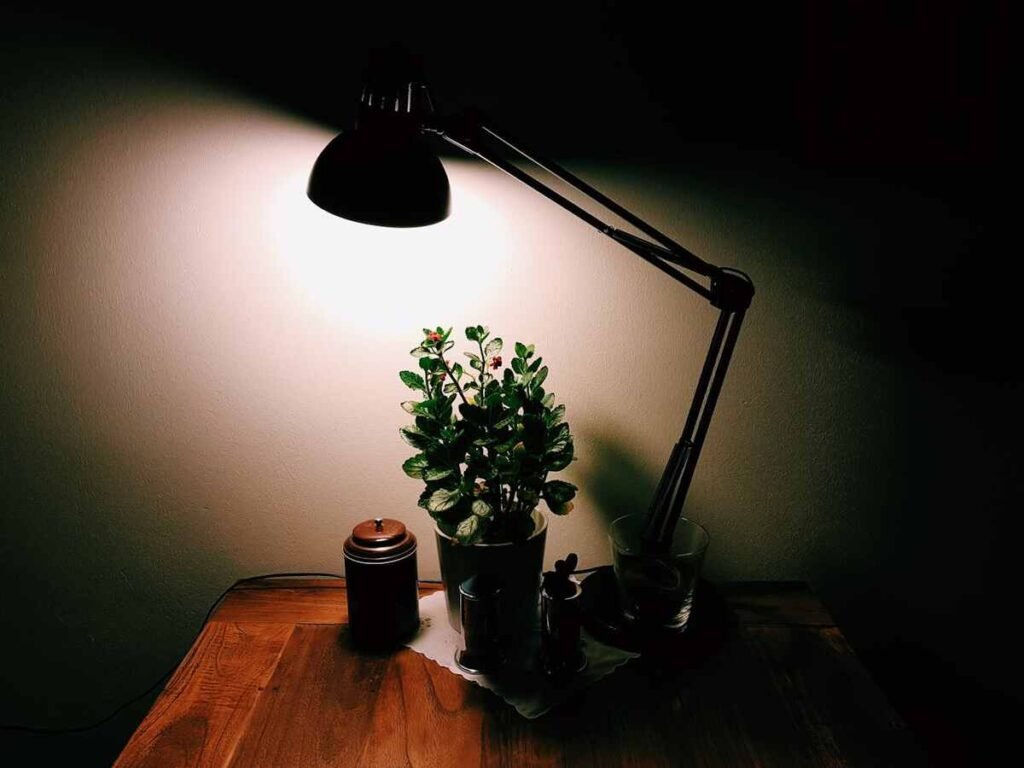Physical Address
304 North Cardinal St.
Dorchester Center, MA 02124
Physical Address
304 North Cardinal St.
Dorchester Center, MA 02124

If you’ve ever experienced the frustration of watching your once-thriving plants wither and die, you’re not alone. Many plant owners struggle with keeping their greenery alive, often without understanding the root causes. In this guide, we’ll explore 5 shocking reasons your plants keep dying (and how to fix them) so you can cultivate a thriving indoor or outdoor garden.

One of the most shocking reasons your plants keep dying is excessive watering. While water is essential, too much of it can suffocate plant roots, leading to root rot and fungal infections.
For more guidance, The University of California Agriculture & Natural Resources offers expert advice on watering plants properly.

On the flip side, not watering enough can cause plants to dry out, wilt, and eventually die. Plants require adequate hydration to maintain their cellular functions, photosynthesize, and transport nutrients.
The Royal Horticultural Society has a helpful guide on plant hydration best practices.

Lighting plays a crucial role in a plant’s ability to grow, and one of the shocking reasons your plants keep dying is incorrect light exposure. Some plants require bright, direct sunlight, while others thrive in low-light conditions.
For an in-depth look at plant lighting requirements, check out NASA’s research on how different light wavelengths affect plant growth.
Without proper nutrients, plants cannot sustain healthy growth. A lack of key minerals like nitrogen, phosphorus, and potassium leads to stunted development, yellowing leaves, and weak stems.
According to The Soil Science Society of America, proper fertilization practices ensure optimal plant health.
Another shocking reason your plants keep dying is the presence of pests and plant diseases. Insects like aphids, spider mites, and mealybugs suck nutrients from plants, while fungal and bacterial infections can spread rapidly.
For further pest management solutions, visit The American Phytopathological Society.
Understanding these 5 shocking reasons your plants keep dying (and how to fix them) will help you transform struggling plants into thriving greenery. By managing water levels, optimizing light exposure, maintaining proper nutrition, and keeping pests at bay, you can enjoy healthier plants year-round.
The key to successful plant care is observation and adjustment—pay attention to your plants’ needs and modify their environment accordingly. Gardening is a rewarding experience, and with these expert-backed tips, you’re well on your way to becoming a plant care pro.